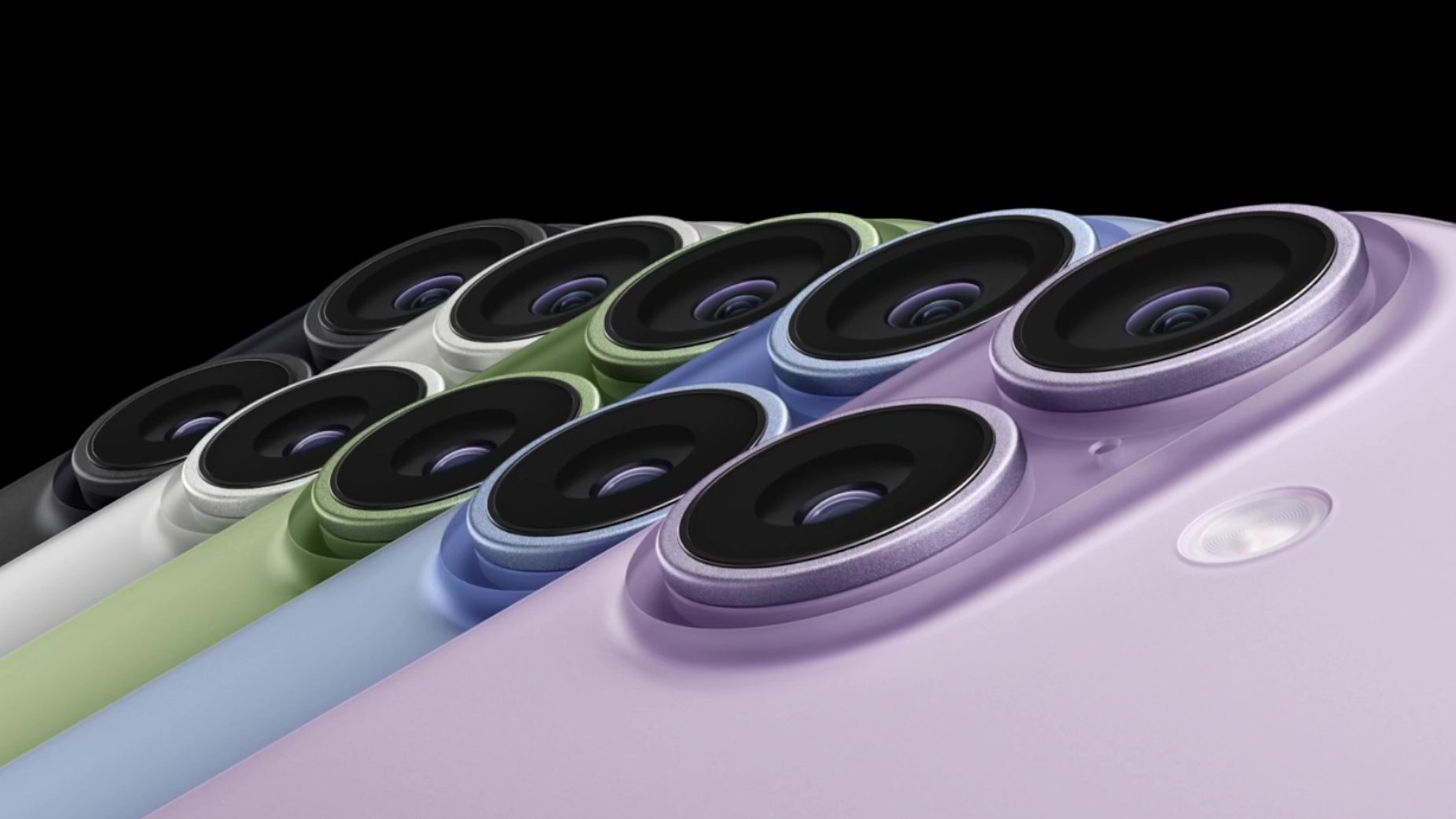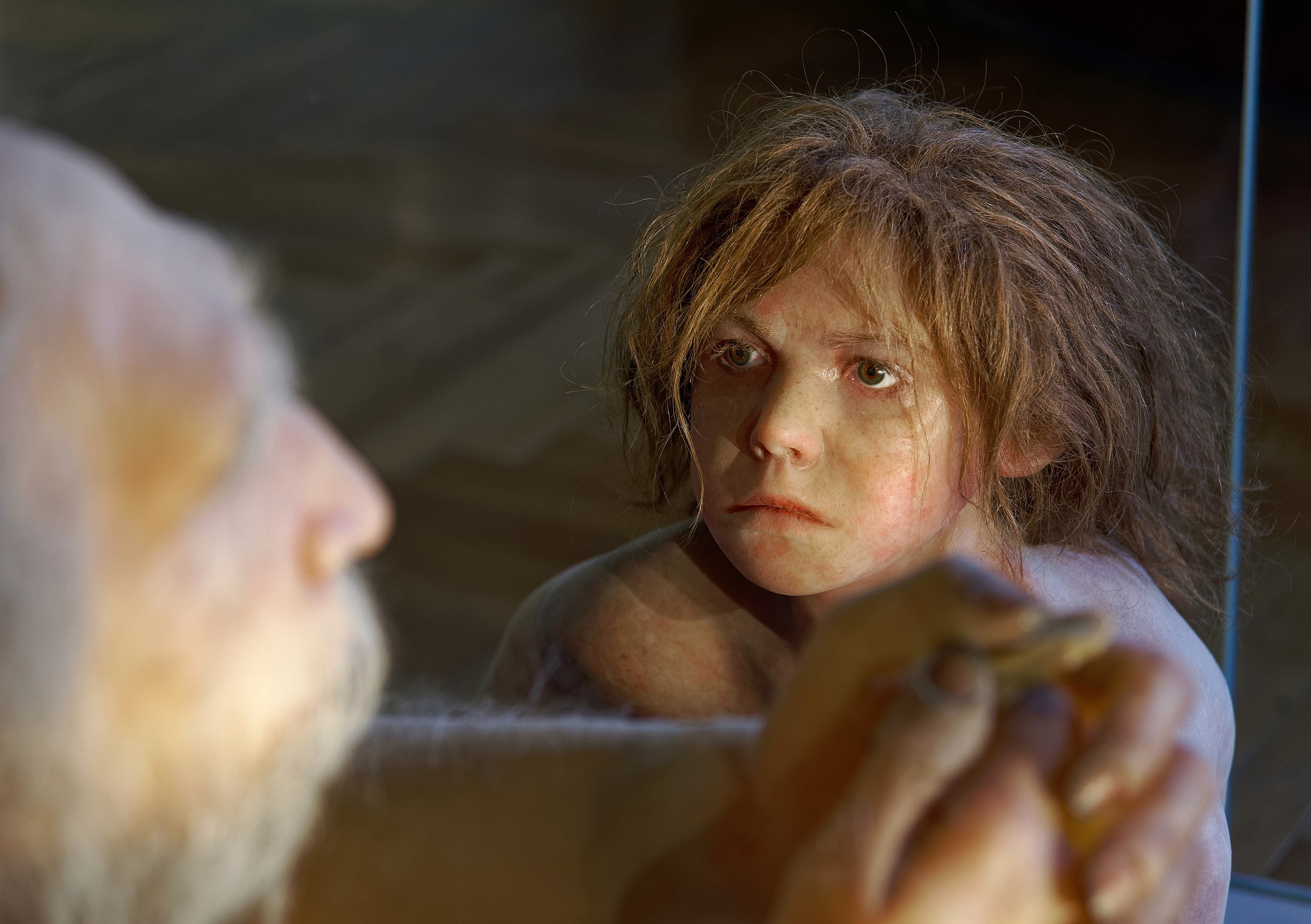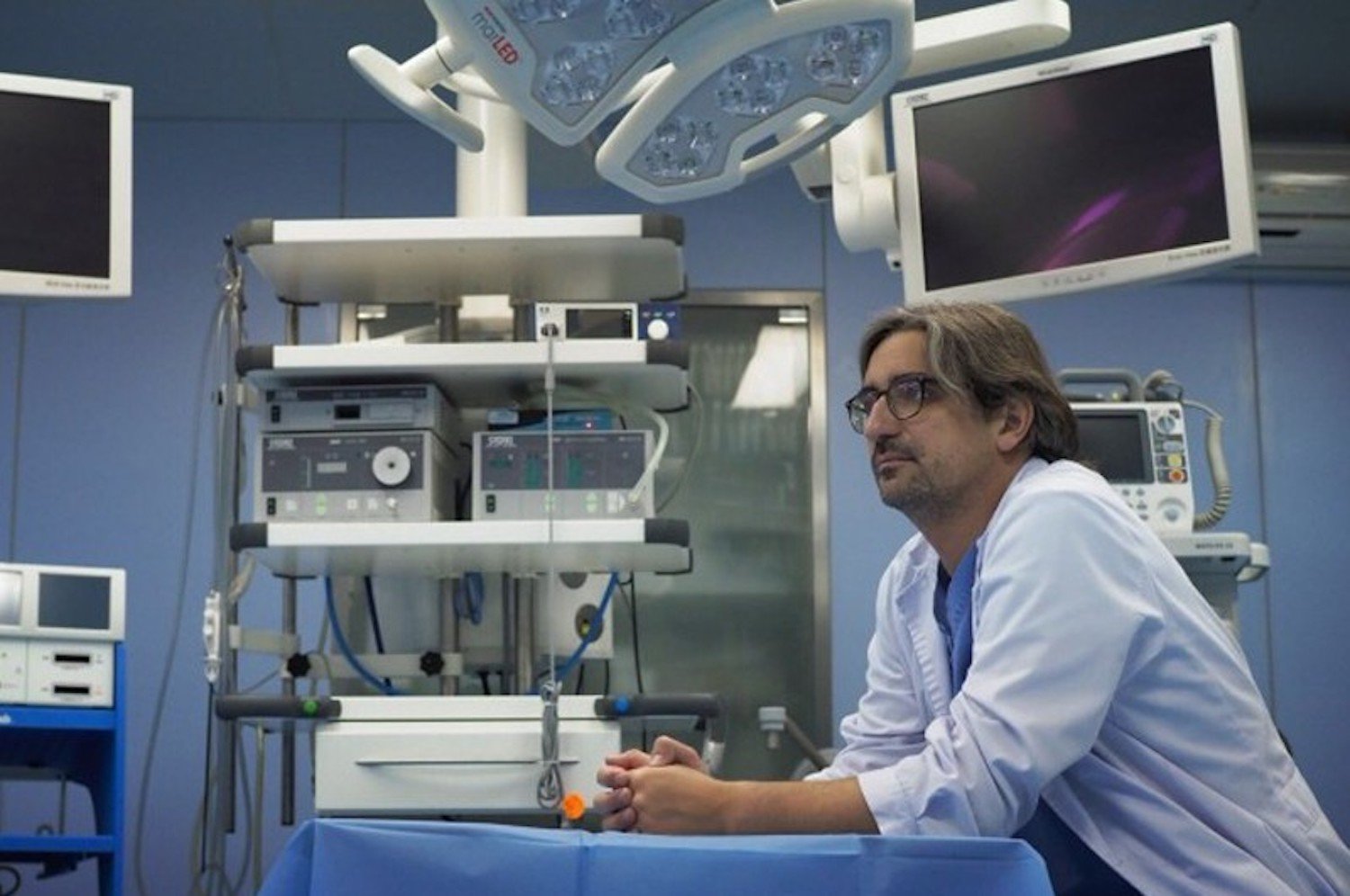Recently User Reddit he asked something on a scientific forum that at first seemed nonsense. According to him, one day while he was eating cheese crackers and while watching TV, he decided look through holes one of their crackers. To his surprise, the image was much clearer than if he had looked directly at the screen.
Leaving aside why anyone would want to look through holes in cookies, it turns out that what happened to them has scientific basis. In fact, this is what opticians and ophthalmologists do to find out the causes of blurred vision in their patients.
This increase in image sharpness occurs due to something known as pinhole or pinhole effect. Of course, you don’t need a cracker. Simply looking through one or more small holes can change the way light is focused on our retina. But let’s look at this more closely.
Forget the cookies, just look through the holes
Under normal conditions, what we see is the result of how our brain interprets the light entering our eyes after hitting the surfaces we look at.
To optimize this process we have retina, in which all the light is concentrated at one point. However, people who have difficulty seeing during refractive problemlike nearsightedness, farsightedness or astigmatism, do not have an ideal concentration of light on the retina.
The light falls over a larger area known as the circle of dispersion, causing the resulting image to be blurred. However, if we look through the holes, out of focus rays are blocked and only a perfectly focused beam reaches the retina. Our eyes already naturally have a hole through which this happens: Student.
In fact, when we squeeze our eyes to see better, we achieve this because the opening is reduced and the light is concentrated on the routine. What is also interesting is that not all people have the same pupil size, and this also affects their vision, in addition to diopters.
What do ophthalmologists do?
When a person goes to an ophthalmologist or optician with a problem of blurred vision, they are often forced to look into an instrument known as pinhole. The holes open or close and you are asked if your vision will improve.
If you notice an improvement, this means that the problem is most likely a refractive error. Therefore, the problem can be solved with glasses or contact lenses. If viewing through the holes is not helpful, you should check for pathologies associated with the back of the eye, possibly retina or optic nerve.
Therefore, viewing holes is very useful in diagnosis. ophthalmological diseases. It is a pity that this effect has been known for a long time. If not, then history may go down as saying that someone discovered it by looking at a cracker. It would be an amazing coincidence.
Source: Hiper Textual













